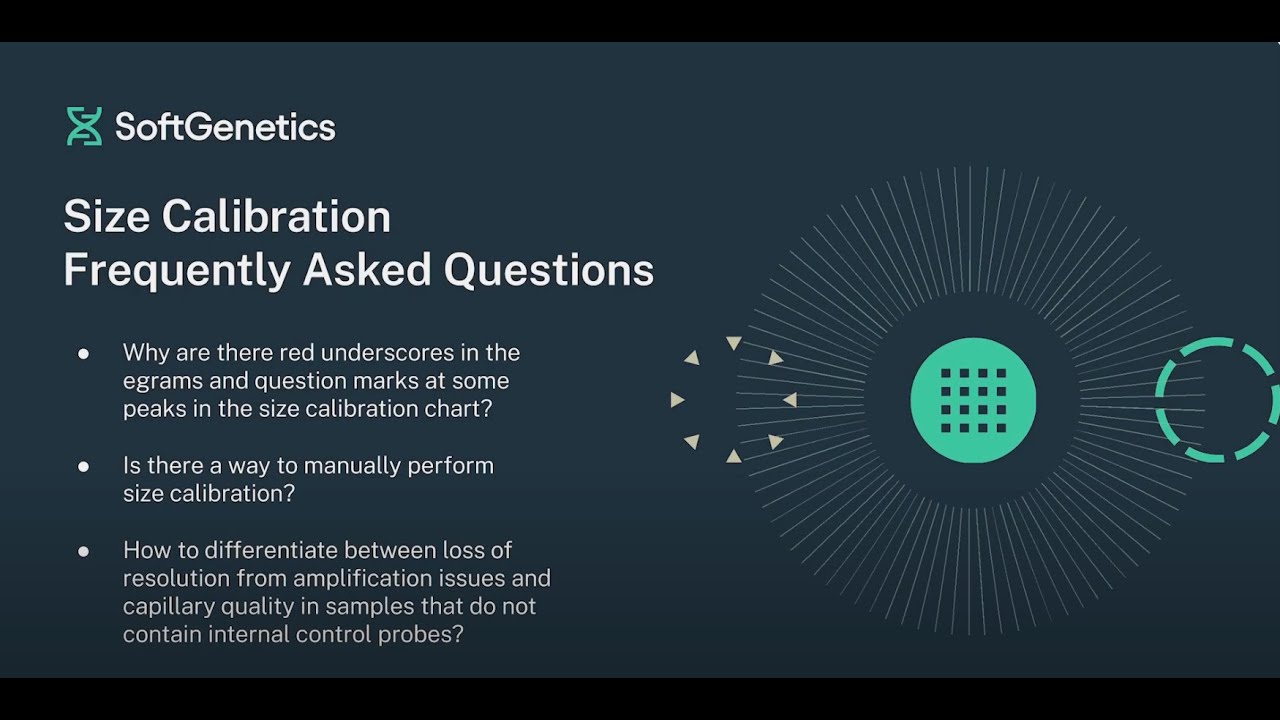STR Analysis vs. SNP Genotyping: When to Use Each
Choosing between STRs and SNPs depends on your research goals. Both offer unique advantages—but not all polymorphisms are created equal.
STRs and SNPs at a Glance
-
STRs (Short Tandem Repeats): Highly variable, 2–6 bp repeats, multi-allelic
-
SNPs (Single Nucleotide Polymorphisms): Single base changes, typically bi-allelic
Comparison Table
|
Category |
STRs |
SNPs |
|
Polymorphism Type |
Repeats (2–6 bp) |
Single nucleotide change |
|
Allele Diversity |
High (many alleles per locus) |
Low (2–3 alleles) |
|
Mutation Rate |
Higher |
Lower |
|
Assay Method |
CE-based (fragment analysis) |
Sequencing or genotyping arrays CE or SNP-panel chemistries |
|
Best For |
Forensics, kinship, heterogeneity |
Population structure, fine mapping |
Expert Considerations
STRs:
- Better for detecting complex mixtures or partial profiles
- More informative in low-SNP-diversity populations
- Prone to stutter; use software with motif-specific stutter modeling
SNPs:
- Offer consistent performance across platforms
- Ideal for high-throughput and genome-wide coverage
GeneMarker®HID includes mixture deconvolution, allele frequency tables, and SNP + STR panel support, enabling labs to combine markers when appropriate. GeneMarker® includes an embedded SNaPshot® module and panels or analysis of CE SNP chemistries.
Hybrid Approaches
Modern forensic and biodiversity labs often combine STRs and SNPs for greater discriminatory power. This is especially useful for:
-
Distant kinship determination
-
Admixture analysis
- Low-template or degraded samples
Tools from SoftGenetics
- GeneMarker®HID: STR/SNP workflows with robust visualization, match scoring, and mixture handling Fully validated for forensic workflows and customizable for research use
- GeneMarker® STR and SNaPshot specific panels and analysis
Start your journey with a free 35-day trial of SoftGenetics software and experience the difference in variant detection analysis.
Get started with SoftGenetics today
Start your free 35-day trial















